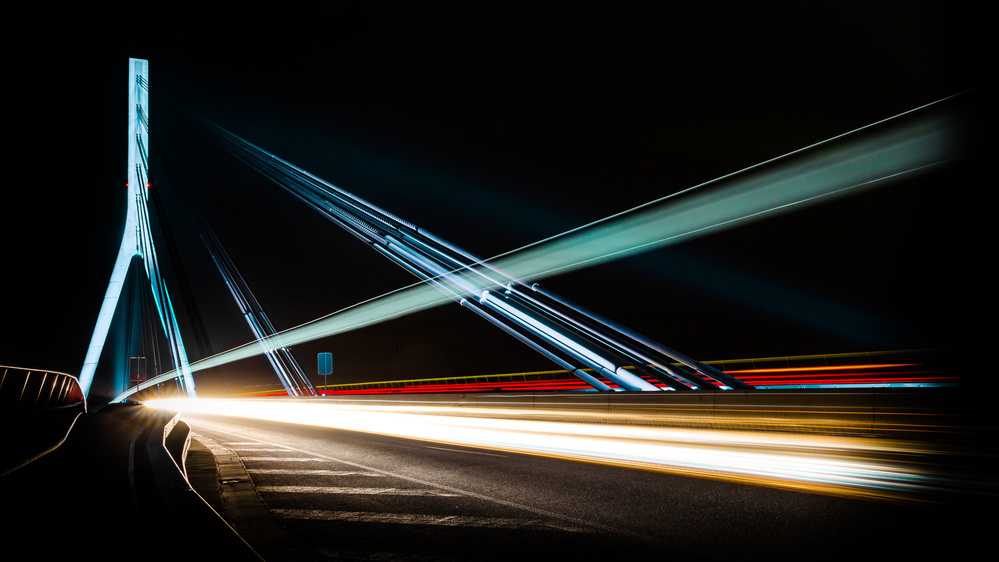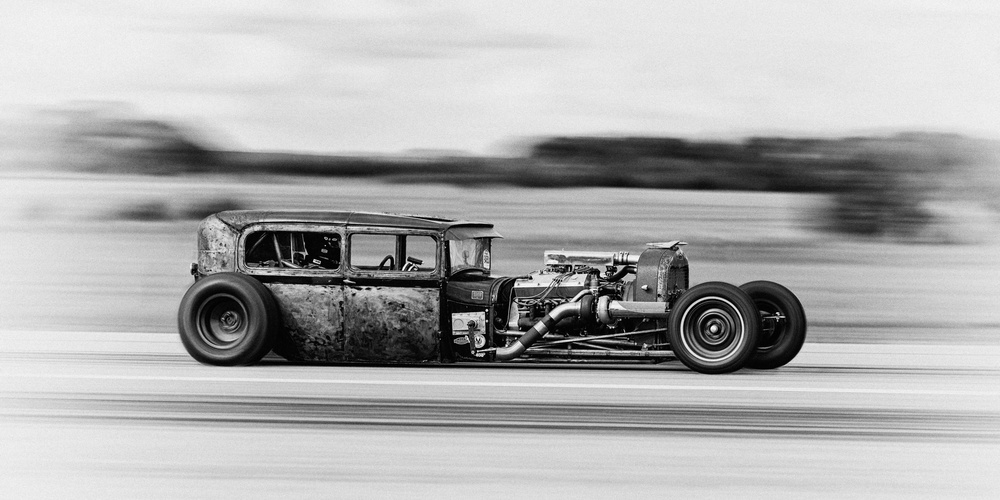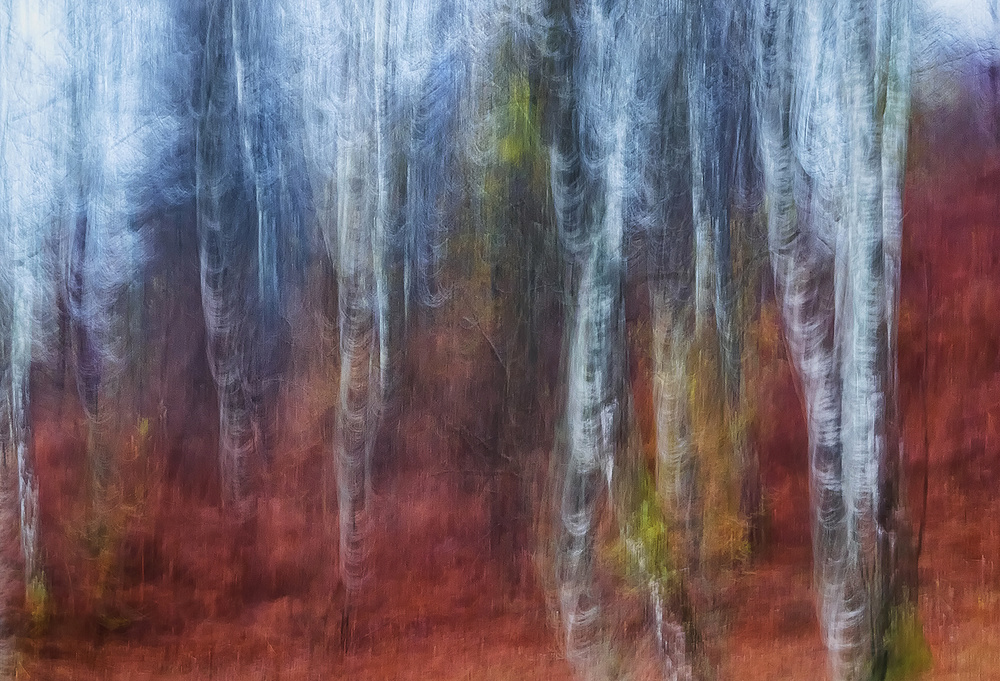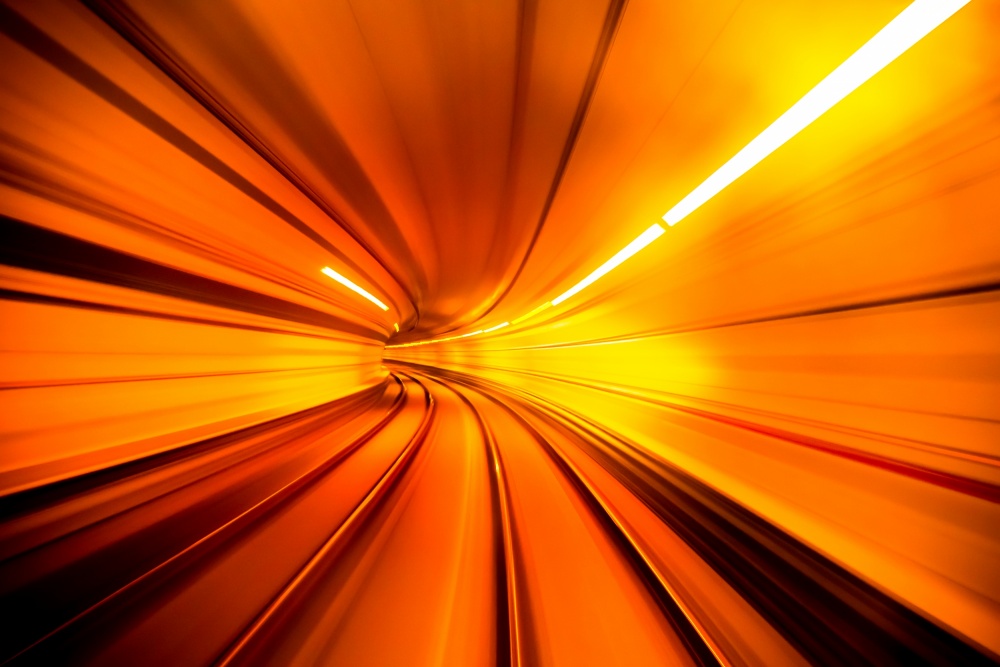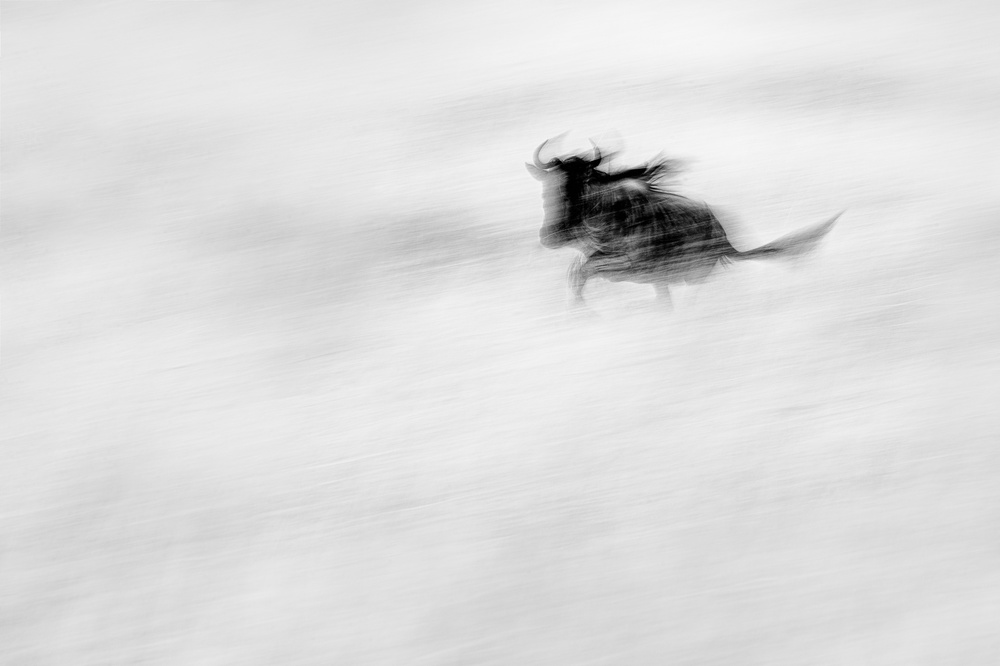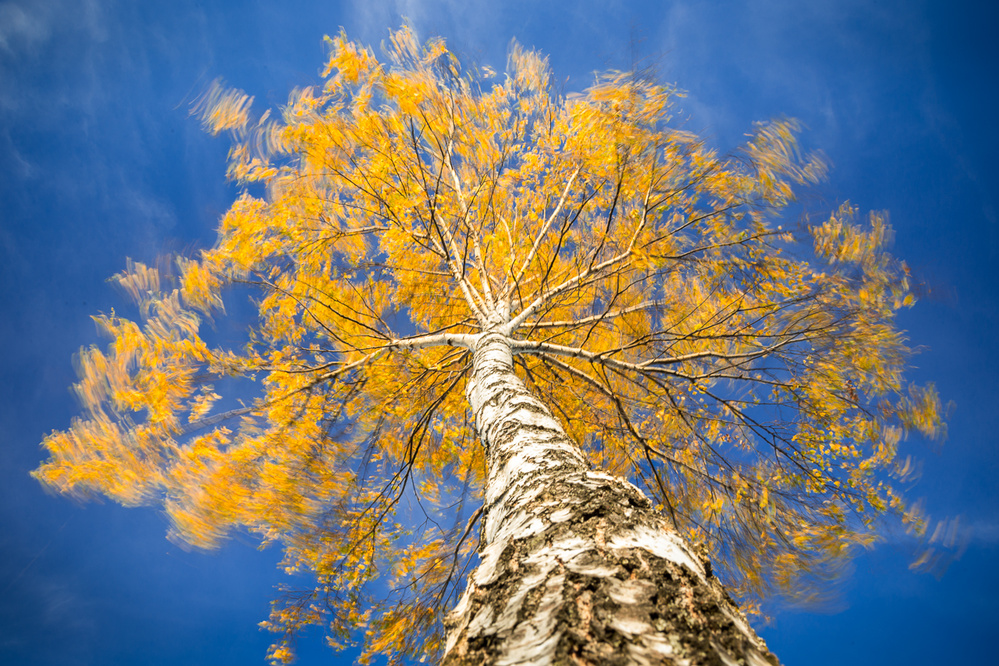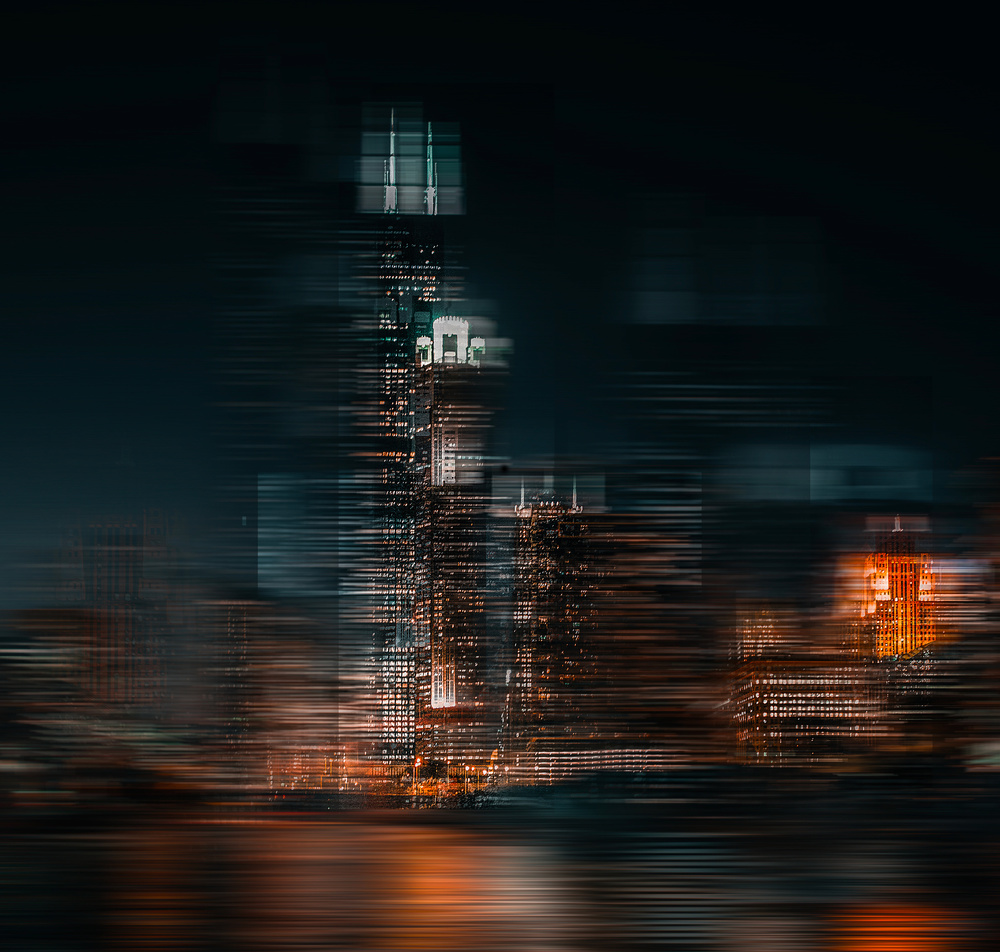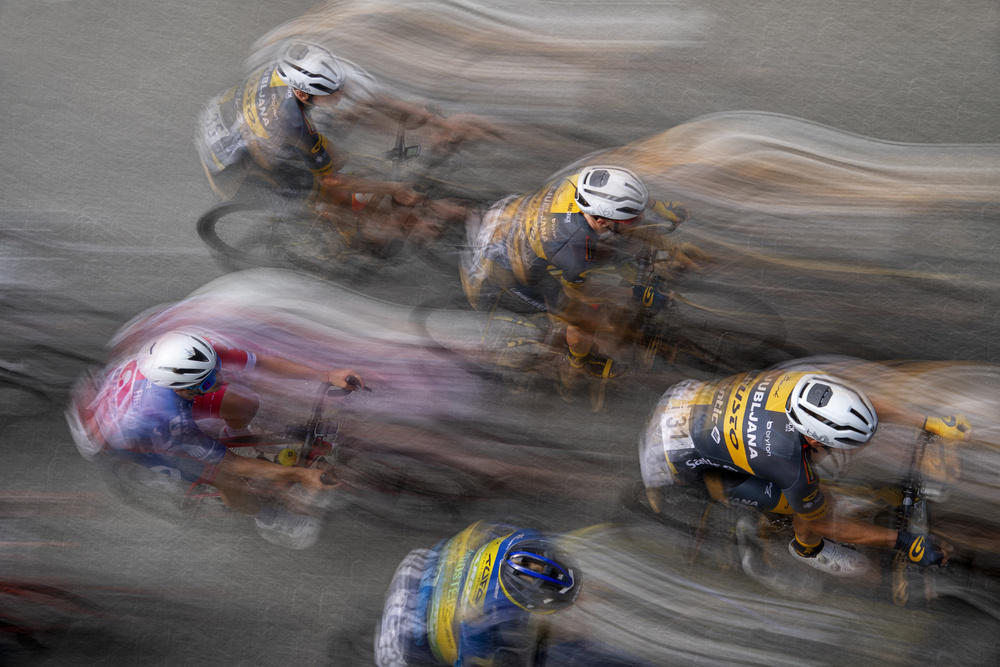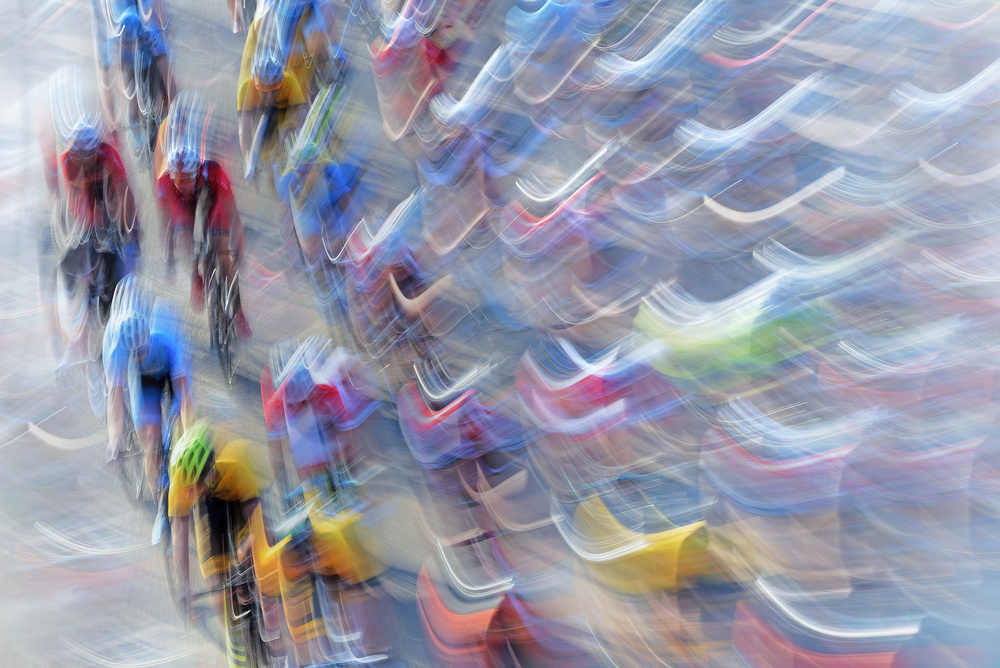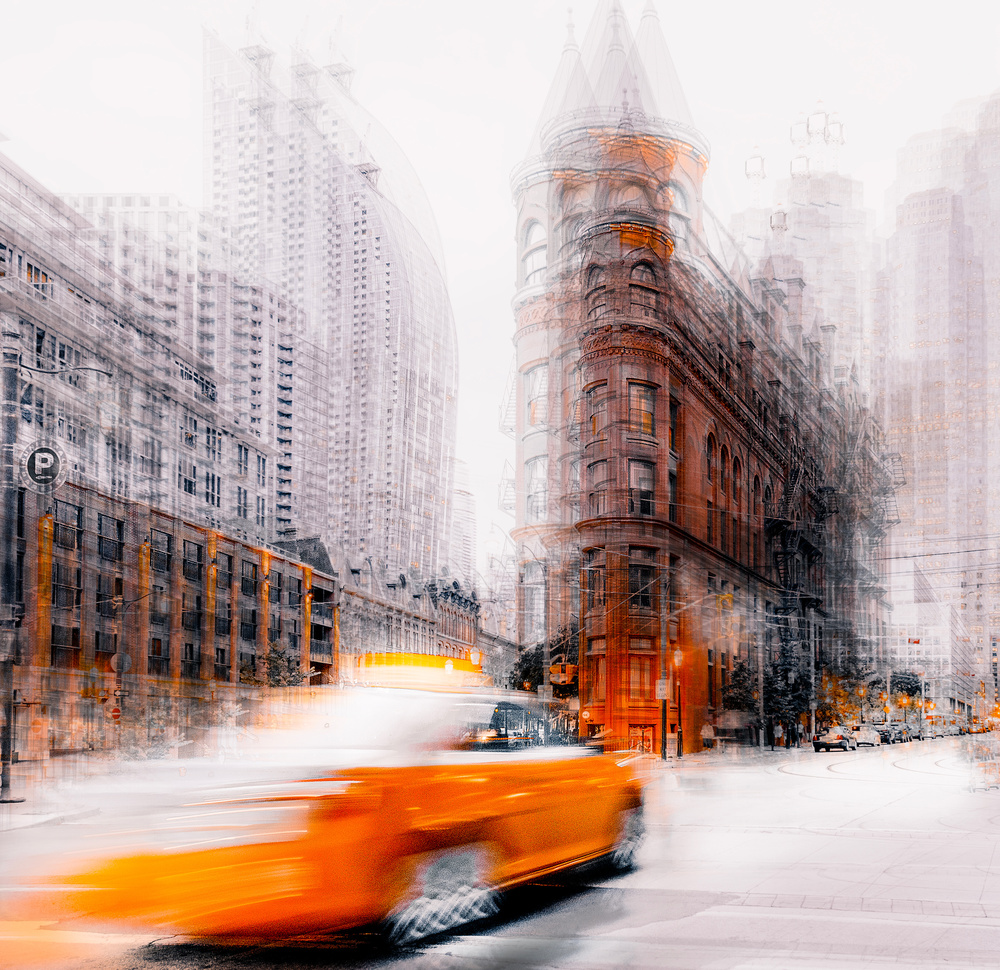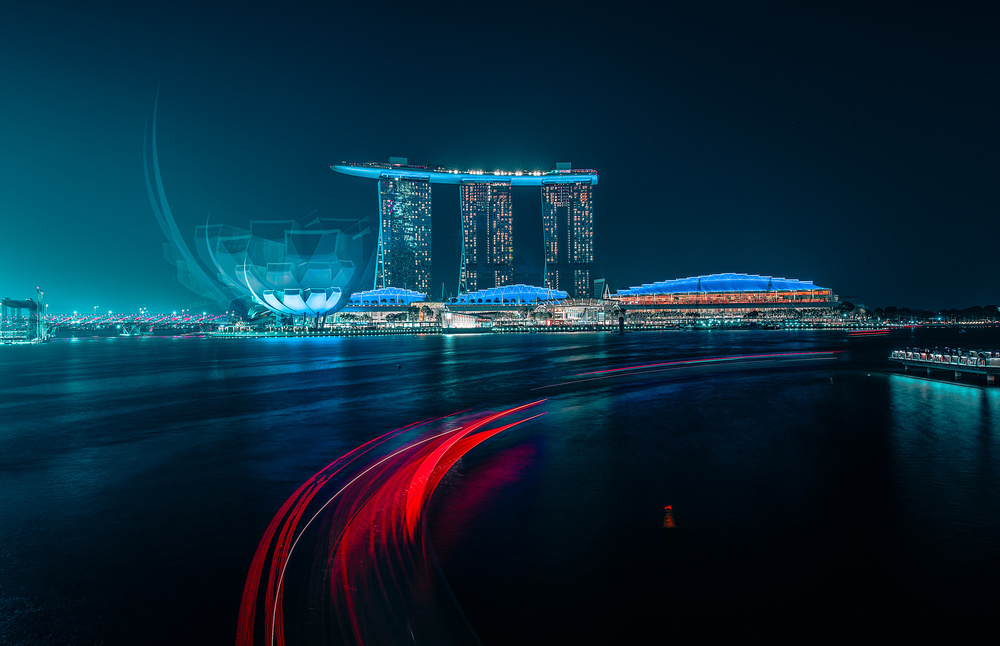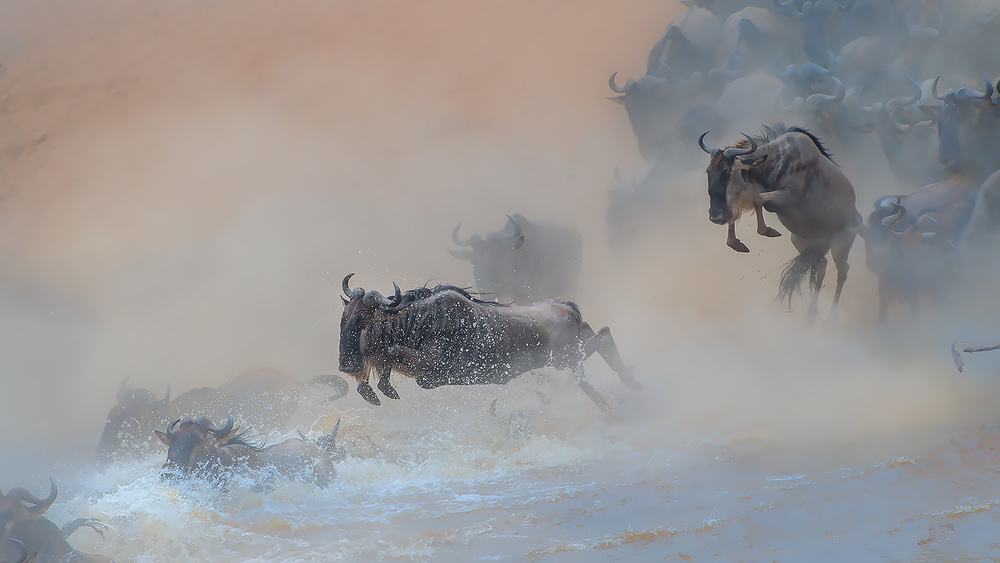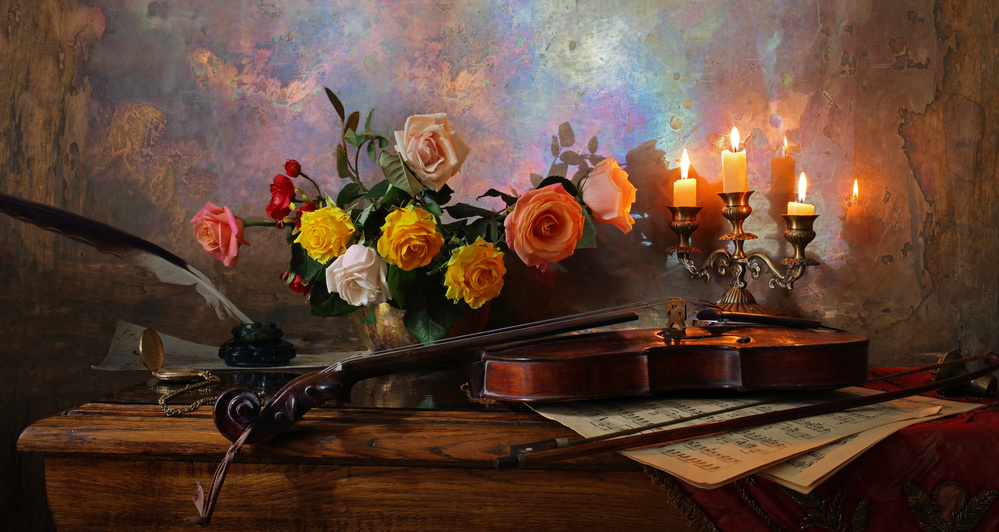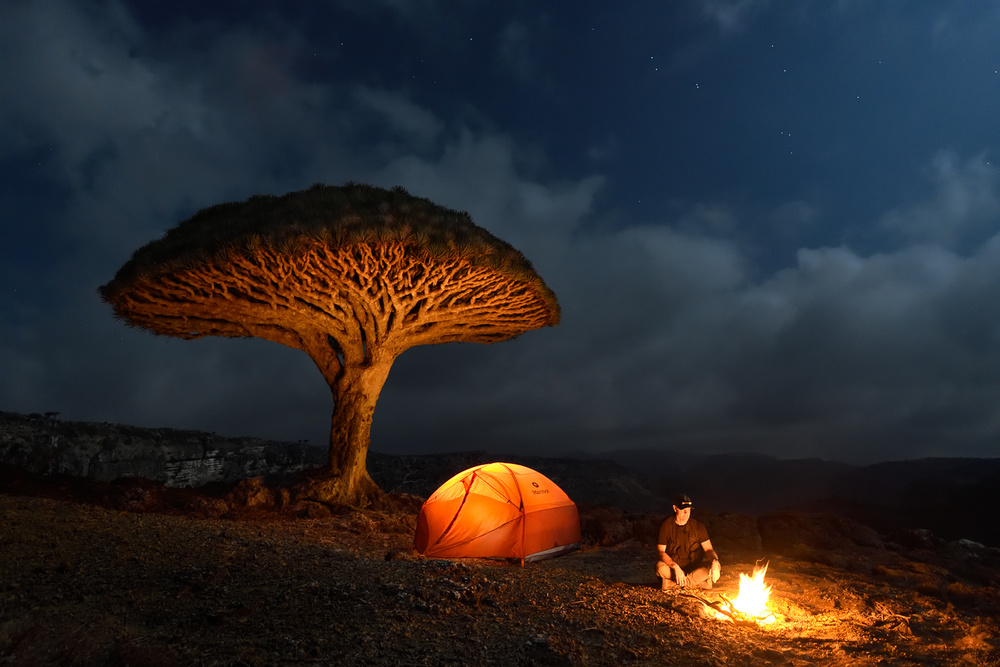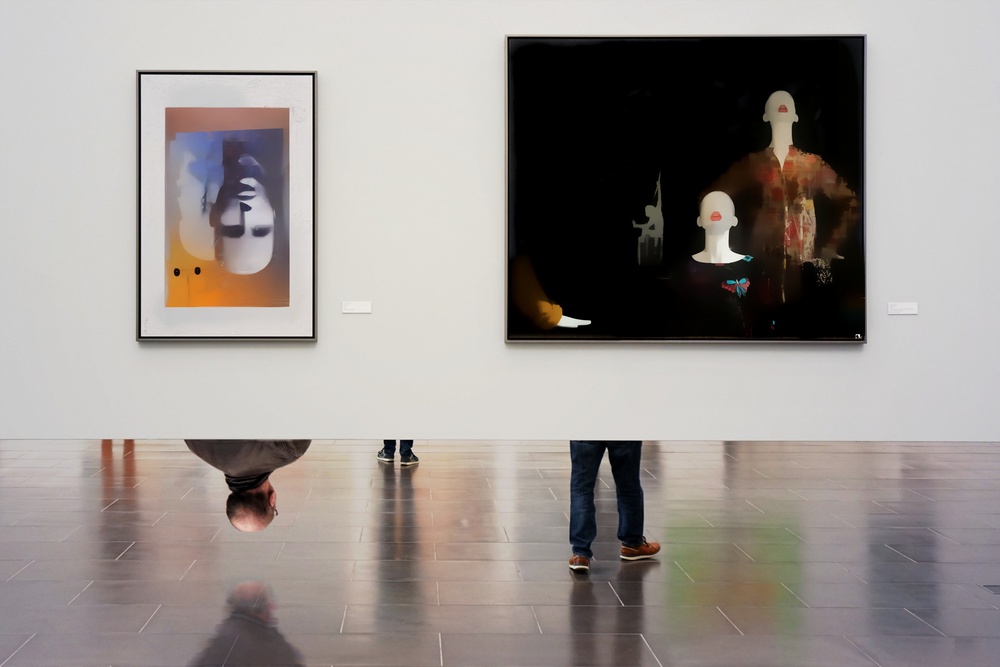Tips & Tricks
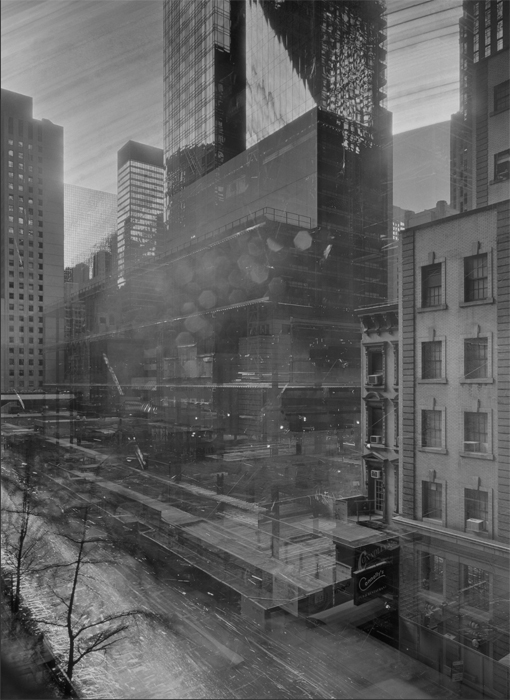
Lazy shutterspeed effects
1x Blog-Tips & Tricksby Editor Radu R.
As a young kid I was envious on my friend that owned a Smena camera, because he could trigger several times without puling the film, which meant that he could do double or multiple exposures on film.
The second fascination I got was the bulb timer – we stood in the dark playing with a light torch, creating abstract shapes.
I’m still in love with slow shutter speeds, even more today in a world where everything needs to be sharp and in focus.
But what does “slow” really mean? Well, for me it would be anything ranging from something under 1/30th of a second to several hours, or even days. What about years?! The longest exposure that I know of belong to Michael Wesely, who left the shutter open for up to 34 months! This really widens the interval.

Michael Wesely
August 2001--7 June 2004 The Museum of Modern Art, New York
But what is so interesting about long exposures?
A first element is creativity.
The potential is huge. Among different techniques, this is one that has a unique blend of artist’s intent and incertitude, always leaving some room for chance, for something to intervene with the potential to ruin or elevate the final work. And there are lots of options to experiment with: the camera can be fixed and capture movement(s), or the camera itself can move. While the shutter is open you can zoom in or out, you can temporarily hide parts of the frame (with a black cardboard for example), add filters and so on.
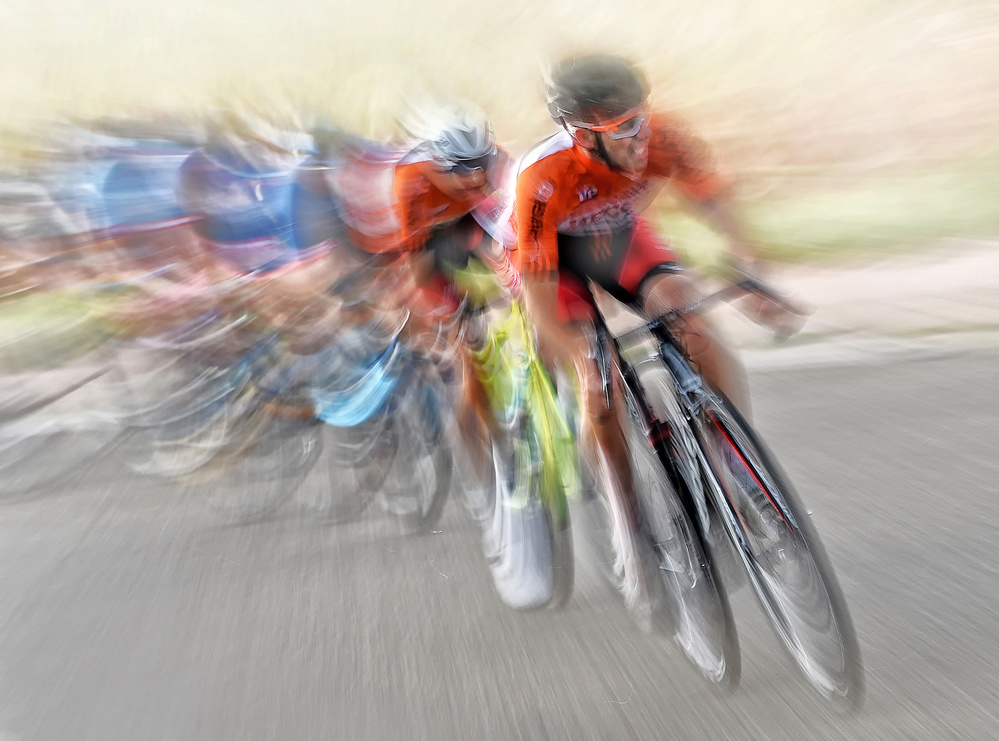
“The windbreaker” by Lou Urlings
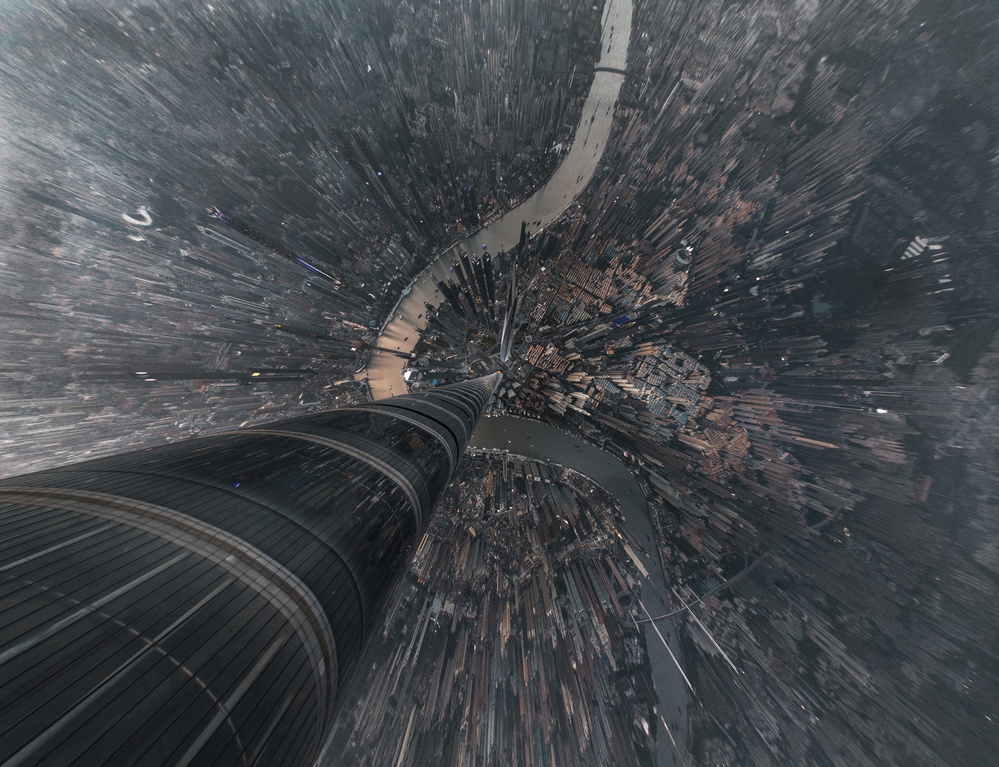
“Dive into the Matrix” by Stan Huang
I’m not really sure if Stan used here a long exposure, but it’s a good example of a combination of different perspective, with a zooming effect which really absorbs the viewer into the city below.
A second important element is mystery, not knowing how the final shot will look like.
Playing in the dark with the light torch like a modern dancer, we didn’t know how the light trails will end up. The joy when something turned up really interesting, the eagerness to experiment more, to plan ahead the moves, to improve on the best results – meant that even if in the end there was nothing of real artistic value, the time spend shooting like this was always fun, and giving us the impression that we were creating something from nothing, that we were, as the cliché goes, “painting with light”.
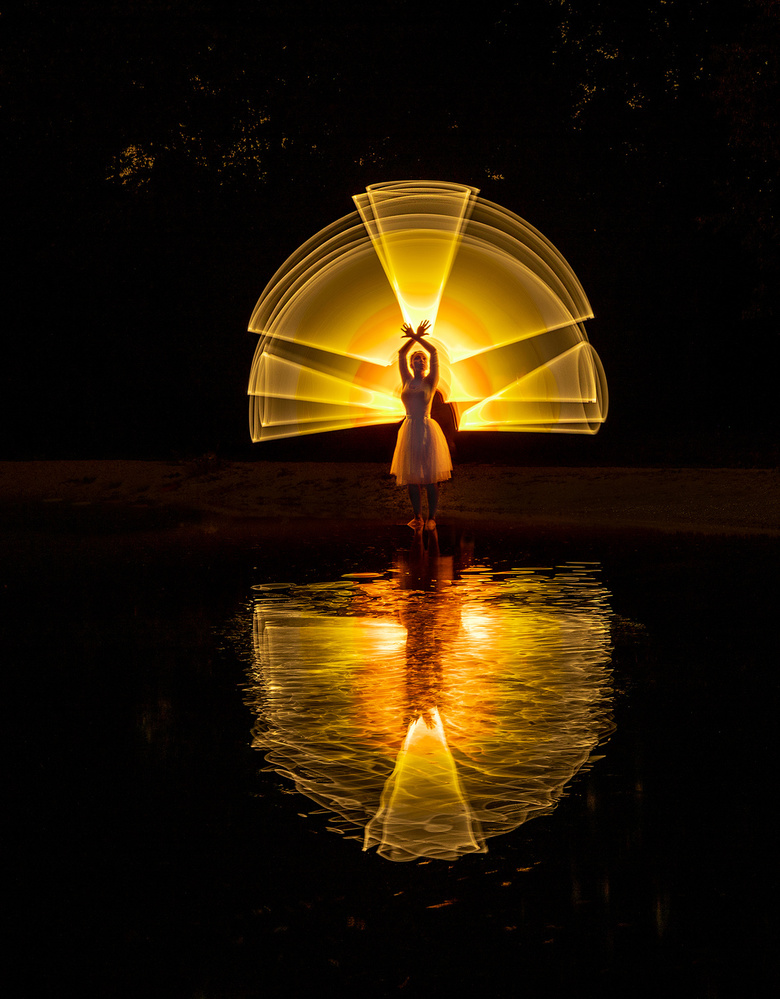
“Light in motion IV” by Fritz Loipeldinger
Let’s explore some examples (grouped in categories where long shutter speeds can be applied), which I hope will open up your appetite and your diaphragm for longer.
Light trails
Panning shots
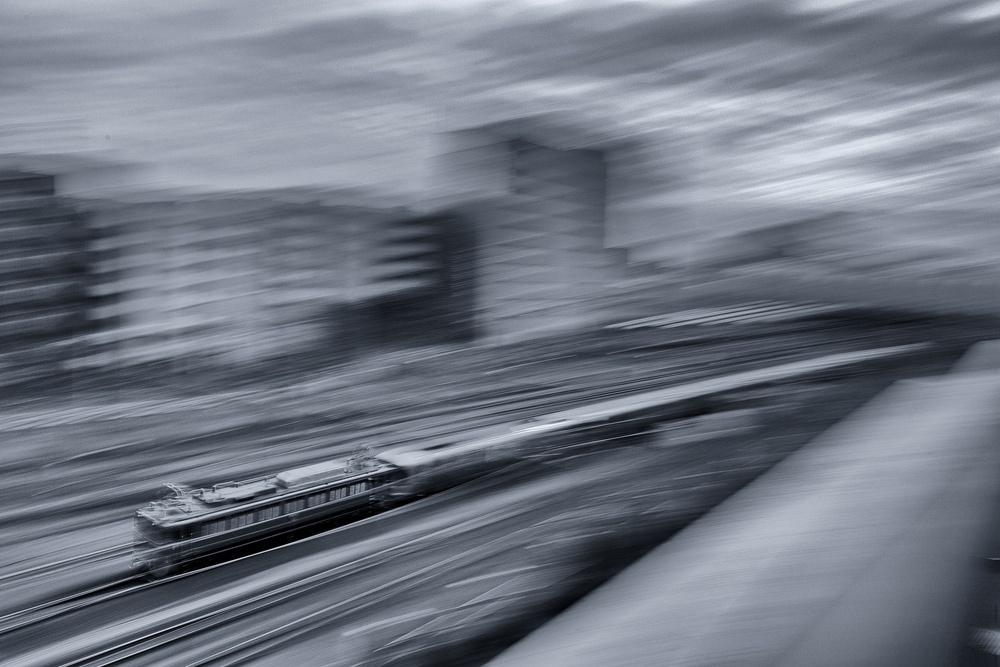
“Running through the city” by Mastrisland
Performance
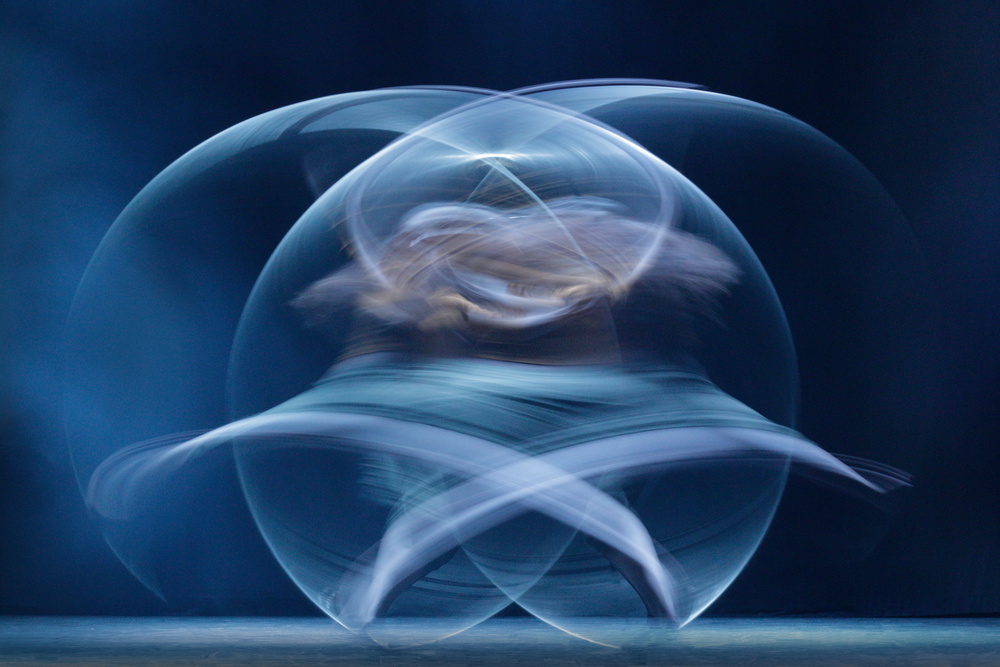
“Spirit of dance” by Nuno Borges
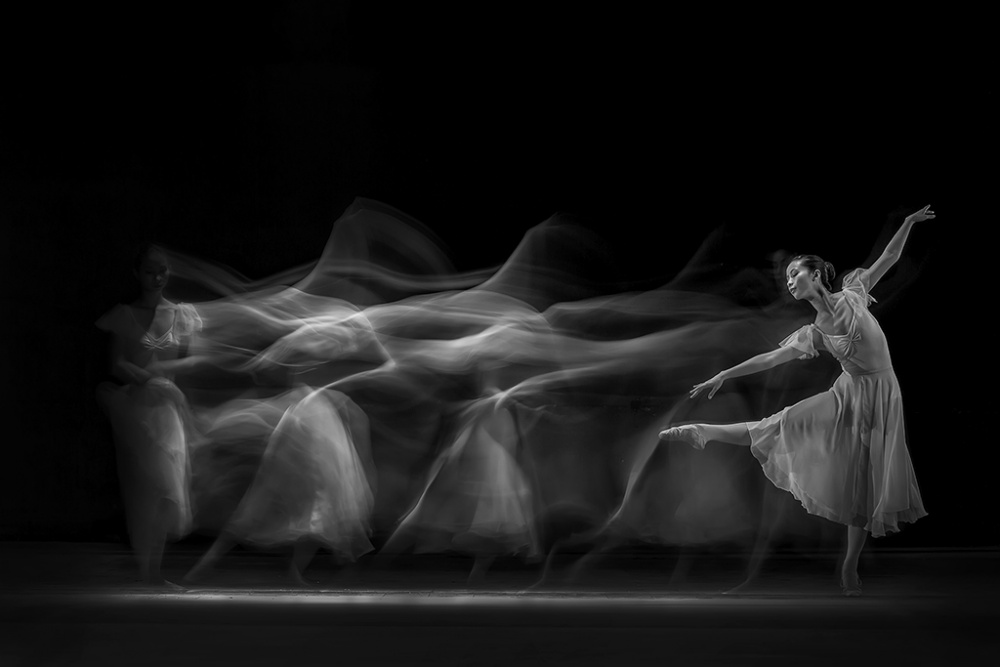
“Waves of Balerina” by Antonyus Bunjamin (Abe)
Abstract
Landscapes
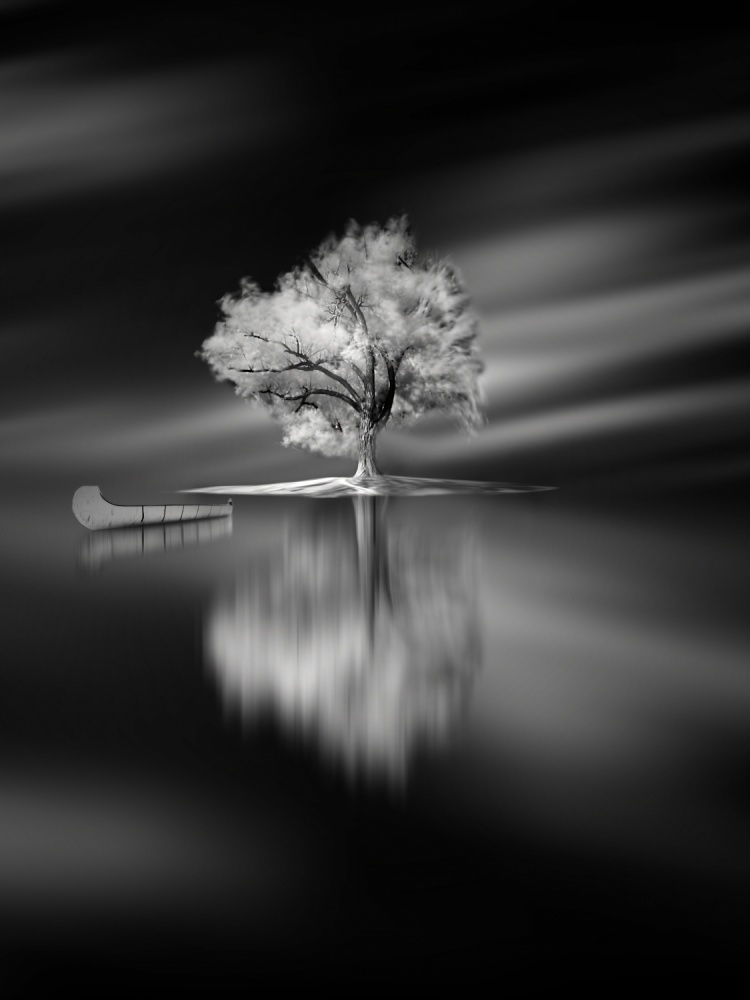
“Quiet” by David Senechal Photographie (polydactyle)
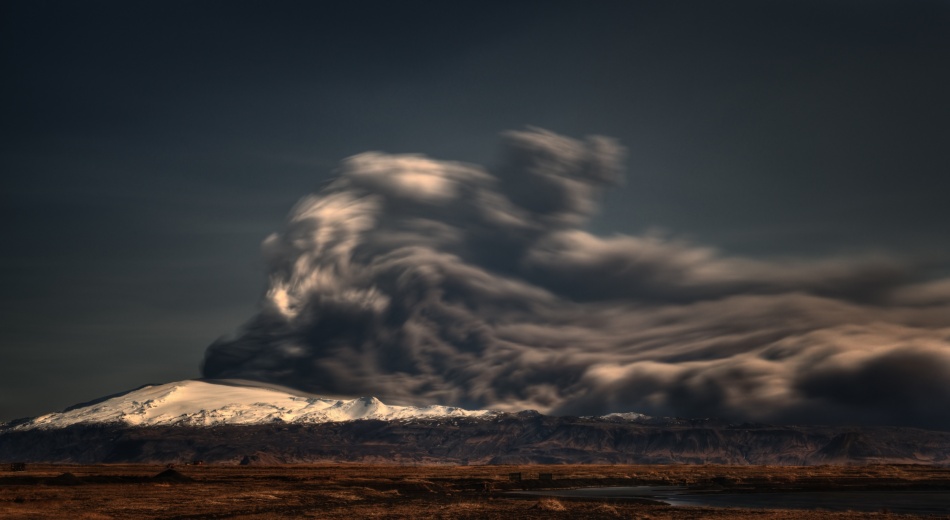
“Power of nature” by Raymond Hoffmann
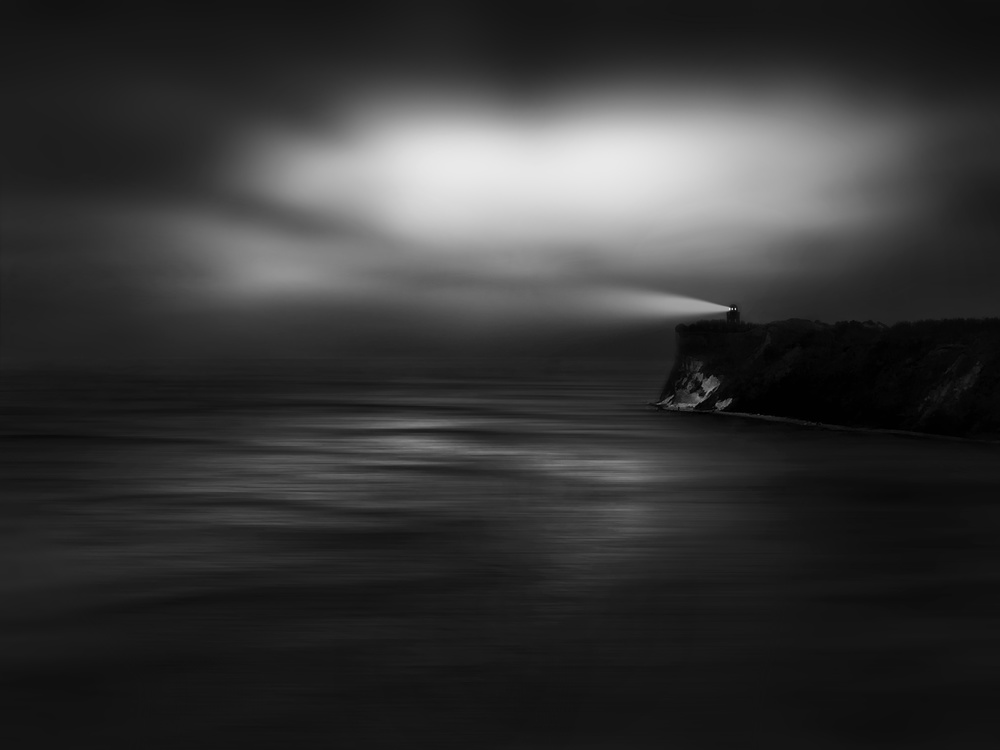
“Lighthouse rock” by Christoph Hessel
Architecture
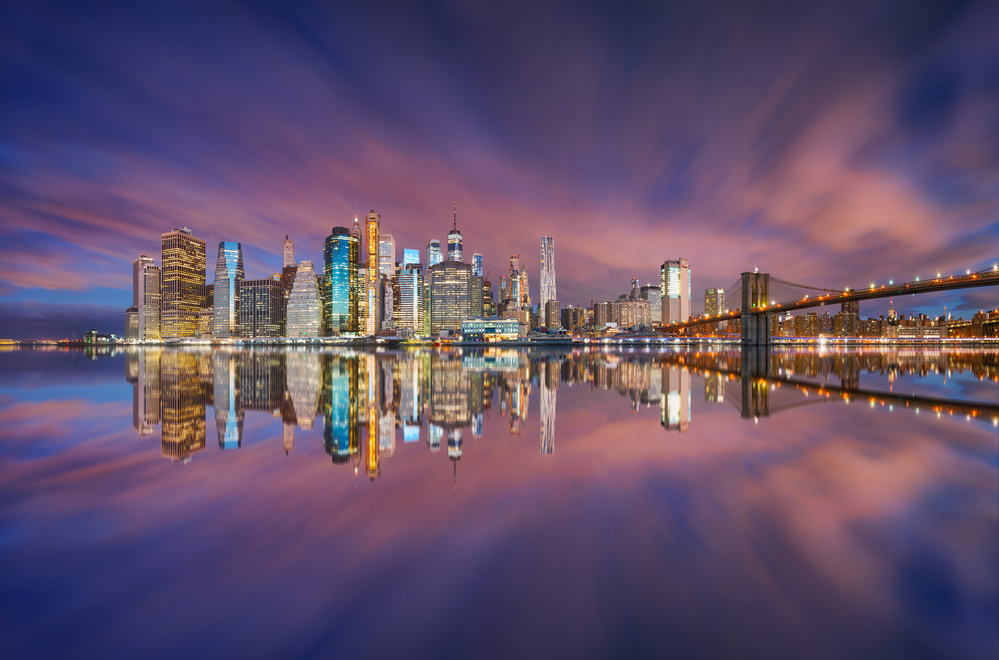
“City of Blinding Lights” by Carlos F. Turienzo
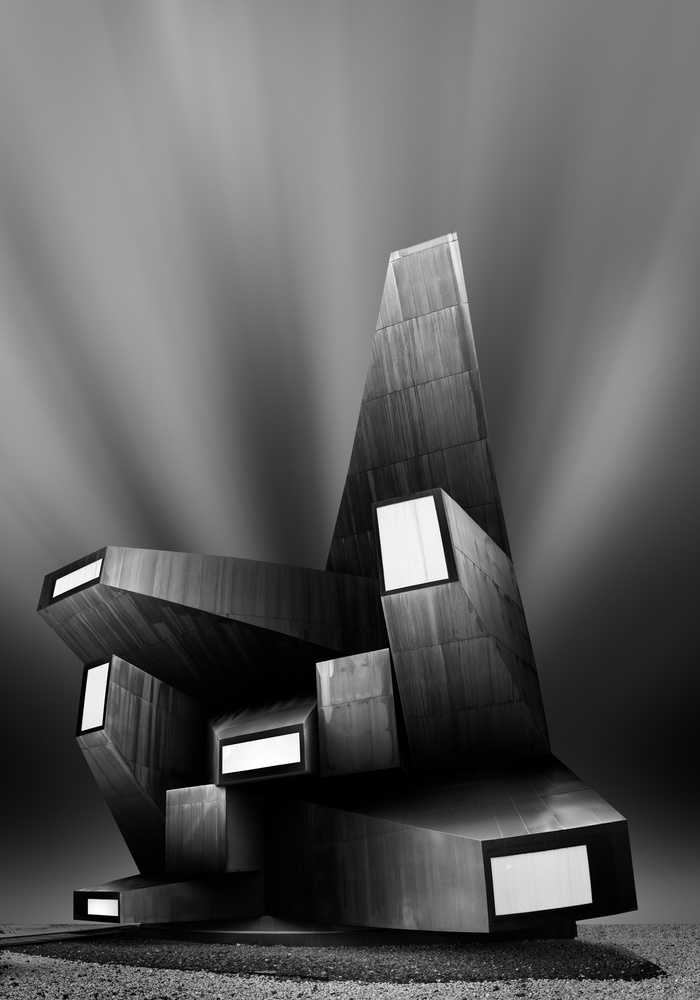
“Future church” by Juan López Ruiz
Action
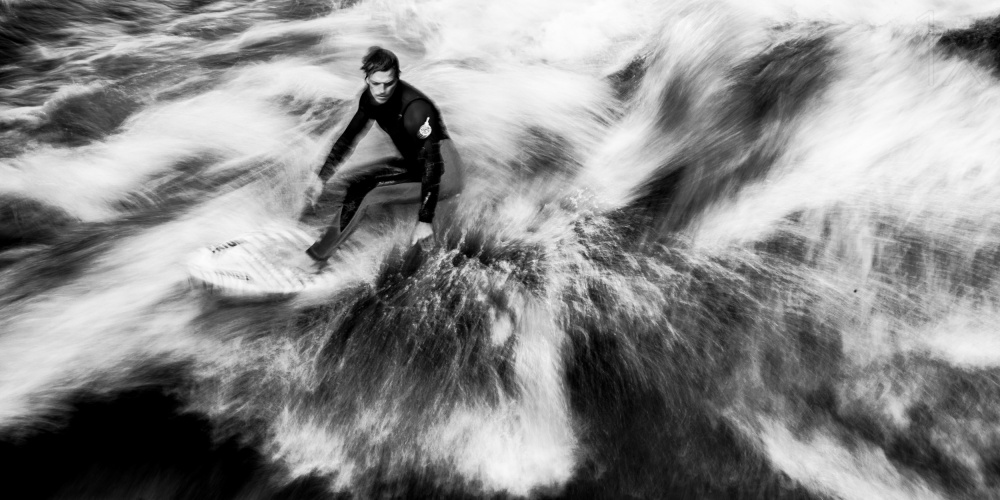
Untitled by Margit Lisa Roeder
Night
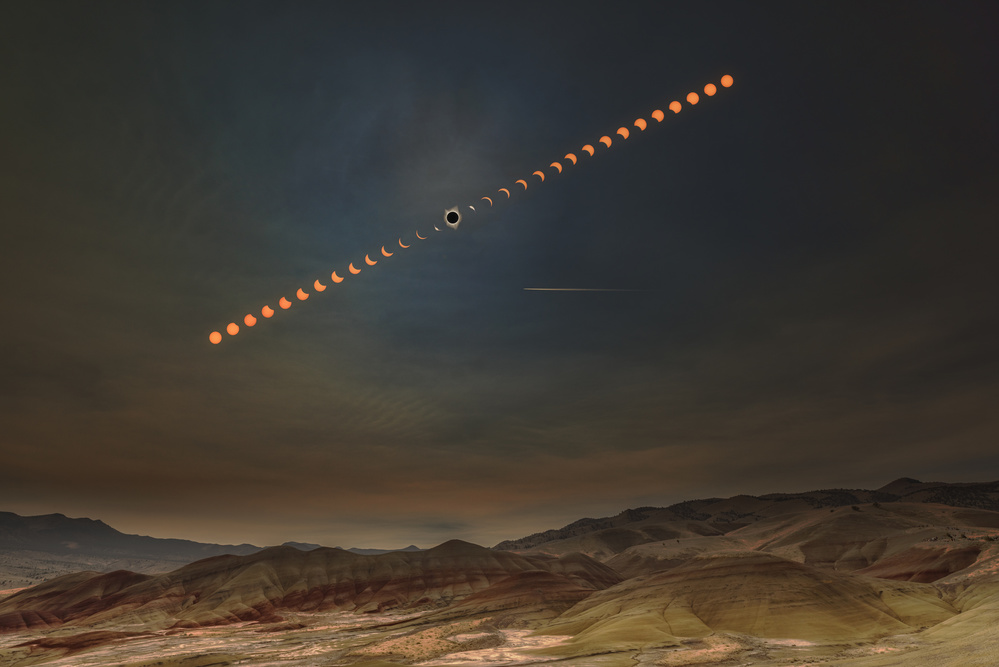
“Painted Hills with Solar Eclipse” by Wenjie Qiao
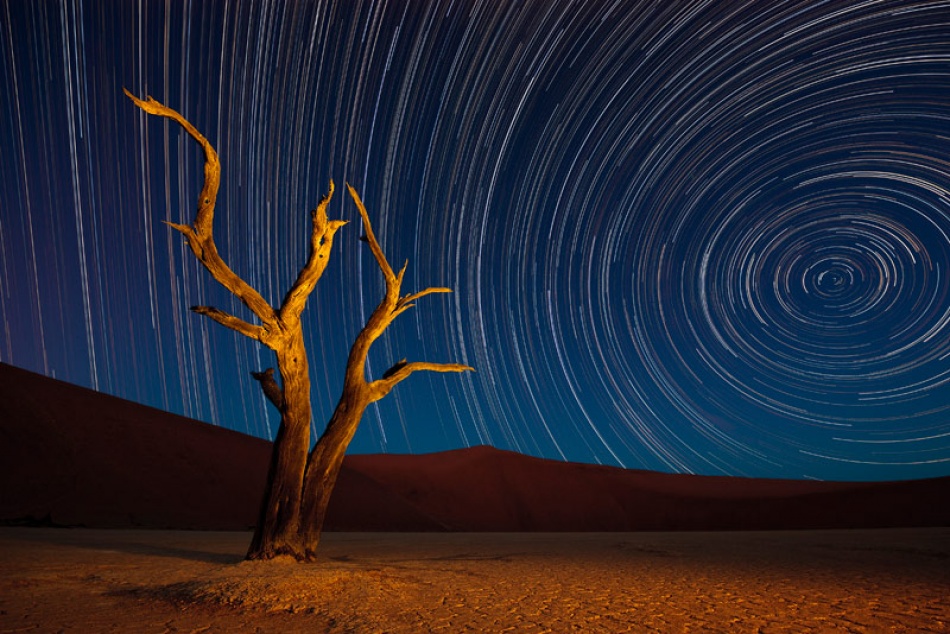
“In The Dead Of The Night” by Marsel van Oosten
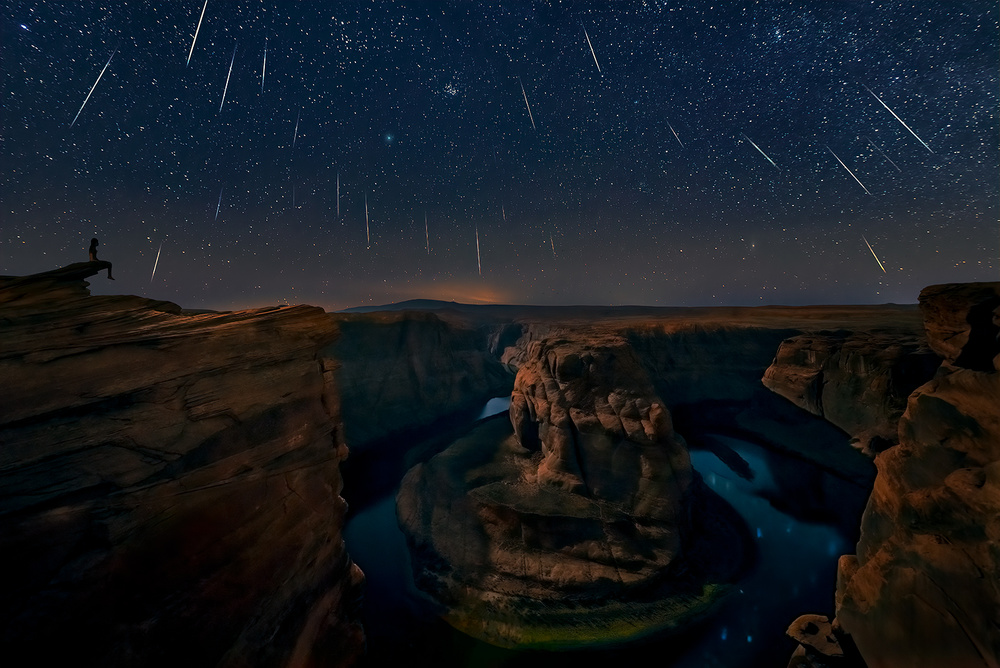
“Watching the comet and the meteor shower” by Hua Zhu
Street
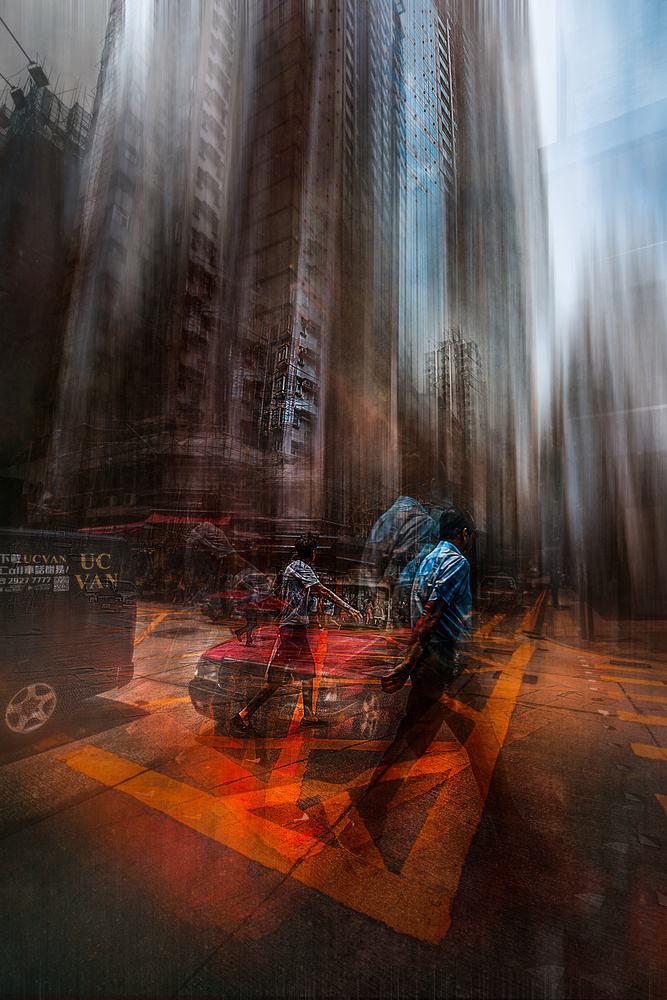
“chaos in the streets of HK” by Carmine Chiriaco
If you want to explore even more examples, I’ve created a list when documenting for this article, which you can find here.
. '



